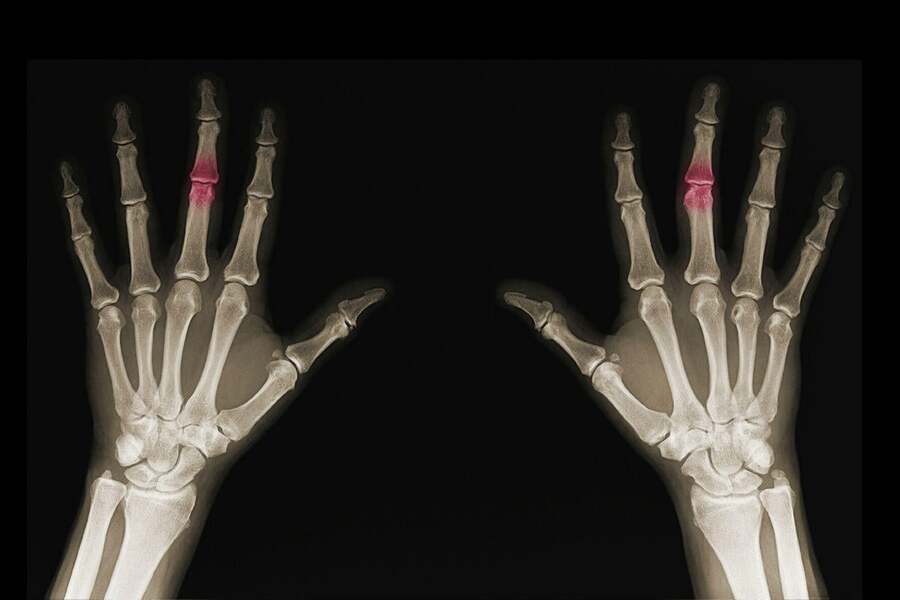Your 206 individual bones are continually regenerating together with the rest of your body’s tissues. The term “remodeling” refers to the process by which older bone tissue is replaced by newer bone tissue. The doctor can tell how much calcium is in the bone by measuring the patient’s bone mass or bone mineral density (BMD). Age-related declines in bone density and the other diseases briefly discussed below are both inevitable consequences of getting older.
Osteoporosis
Bones affected by osteoporosis lose density, making them fragile and susceptible to breakage. Women are more likely to be diagnosed with this condition because they are more likely to visit a doctor after suffering a bone fracture. Primary osteoporosis develops as a result of age-related bone loss and structural degradation. Renal osteodystrophy is more common in people who have chronic kidney disease.
Paget’s Disease
This disease is a progressive bone disorder that impacts the skull, spine, pelvis, and legs. There is accelerated bone loss at the affected site for the patient. However, this process of reparative bone formation frequently results in an even more disorganised bone structure and greater susceptibility to deformity or fracture. Compression of nerve tissue by pagetic bone is another potential complication of the disease.
Deformities in the skeleton
Skeletal disorders affect a large population, with osteogenesis imperfecta (OI) being the most common form. Affected individuals are prone to bone fractures because of inherited abnormalities. Bone is a protein structure, and type I collagen production is disrupted by this illness. This patient’s low bone mass results in frequent fractures. The severity and duration of symptoms distinguish between the four distinct types of OIs.
Malignancy
Bone tumors develop when malignant tumors from the outside invade and destroy bone tissue. Tumors that originate in the bones (primary tumors) can be malignant or benign. Osteochondroma is the most frequent benign bone tumor, whereas osteosarcoma is the most frequent malignant bone tumor. The term “metastatic tumor” refers to the occurrence of bone metastases from cancers such as prostate cancer in men and breast cancer in women.
Bone disease diagnosis
Different diagnostic methods, including X-ray imaging, MRI scans, blood tests, and biopsy, help doctors determine the cause of bone disease. The doctor takes a small piece of bone tissue from the affected area and examines it under a microscope to make an accurate diagnosis.
If you have a broken bone, bone pain, or notice a change in your posture or gait, you should see a doctor. The physician might suggest making adjustments to your routine, such as cutting back on tobacco use and upping your exercise routine. Osteonecrosis is an example of a condition where surgical intervention may be necessary. It is possible that surgical removal of a bone tumor will be required. Based on the stage of the cancer, either chemotherapy or radiation may be administered.

